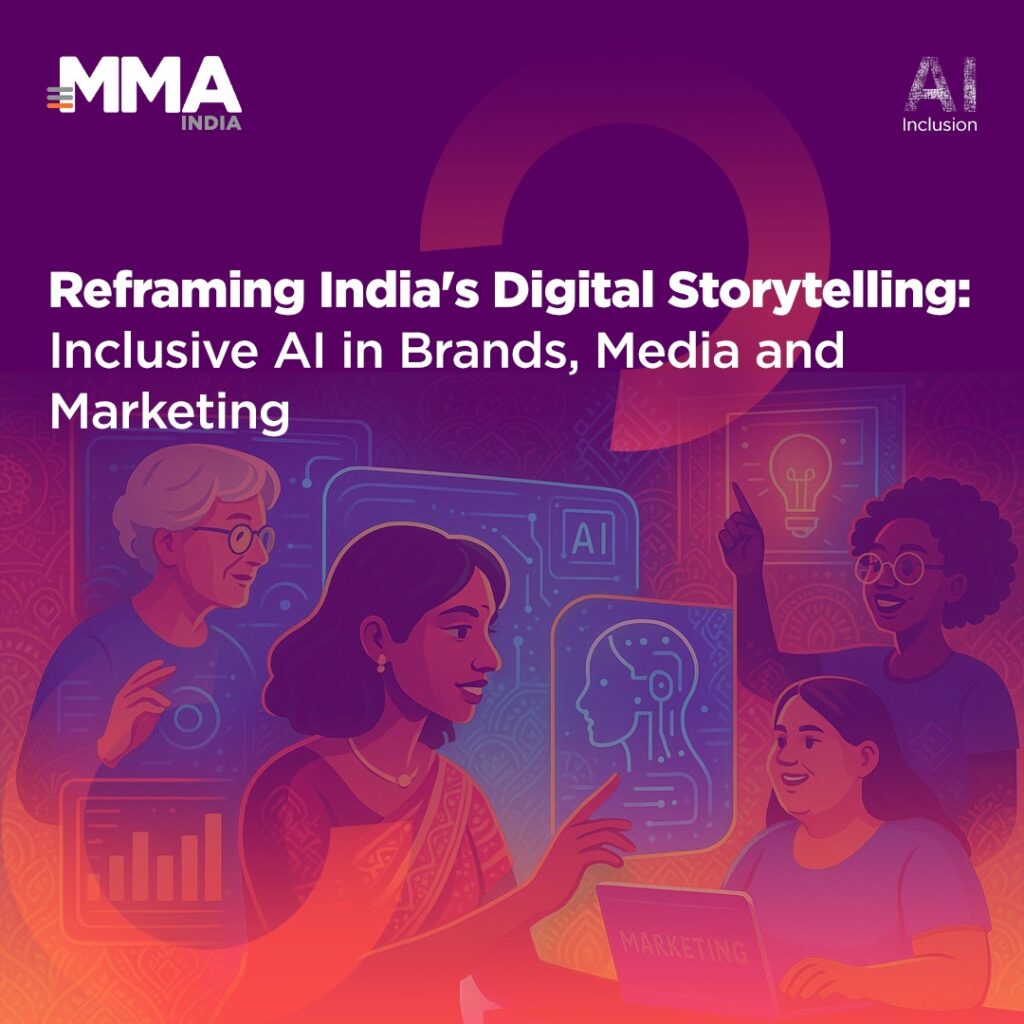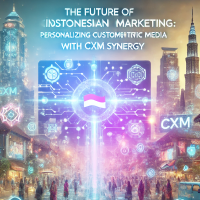
Indonesia’s digital economy is expected to continue growing through 2026 in certain key areas. Know which areas to spot to capitalise on early gains.
Commerce is spreading across marketplaces, social video, retailer-owned media, and good old offline retail, and consumers expect all of it to “know” them already. With e-commerce projected to cross US$100B by 2026, powered by 95%+ mobile and social-first discovery, the opportunity for performance marketers is less about adding more channels and more about creating a coherent story across all channels.
1. Retail media in Indonesia is going from inventory to intelligence
Retail media spend in Indonesia is forecast on a double-digit CAGR and ahead of other SEA countries, so expect more placements on Shopee, Tokopedia/TikTok Shop by Tokopedia, and grocer/convenience ecosystems pushing their shopper data to brands.1
The key point to take into 2026 is that these networks are prime for selling audiences that can be reactivated on social, CTV, or programmatic, especially as platforms race to demonstrate closed-loop sales in a market obsessed with big sales events like Black Friday.
This means that marketing budget slices attached to “trade” or “shopper” should now be coordinated with paid social/search to ensure frequency and offers don’t clash in the final 72 hours of a sale.
Retail platforms are where marketers can negotiate for more than just impressions, request store or seller-level data, and build remarketing pools from it.
From a strategic perspective, these are also avenues for traditional brick and mortar companies to create digital native brands and help test customer response on retail media which also solves for a lot of physical distribution challenges outside of marketing. Many traditional companies in Indonesia are starting to test this route.
2. Social commerce is back — but more regulated, more video, more price-sensitive
Social commerce has seen significant changes and evolution in Indonesia since 2023. The 2024–25 period was marked by TikTok Shop ‘folding’ into Tokopedia. Mid-2025 saw regulators giving conditional approval, also signaling tighter oversight and platform-level tax collection. That tells us 2026 will be a “yes, but compliant” social commerce year. 2
To add to this, live shopping has become the norm for urban Gen Z, and creators remain the trust bridge. The catch? Indonesian buyers are hunting value. Cart abandonment due to the search for cheaper alternatives is real, and government moves to standardize taxes will make price transparency a competitive edge. This will have implications in brands’ campaigns: the creatives have to work harder on all three fronts— show social proof (creator/micro-community), show value (bundles, limited-time, loyalty), and give the fastest path to buy (deep link to the right PDP, not the app home). AI can act like the auto-optimizer, but the creative layer will have to be human to make the campaign distinctive in a feed of lookalikes.
3. Omnichannel now really means “mobile-first, data-joined”
Roughly half of Indonesian consumers prefer to mix online and offline. Recent APAC studies show the winning experiences are those where loyalty, payments, and service are shared across touchpoints. Indonesia’s very high e-wallet use (Grab Pay, OVO, GoPay, DANA, ShopeePay) makes this easier but only if brands unify IDs and consent.3
By 2026, the goal will be to create a seamless integrated approach: the user sees the brand on Tokopedia, picks it in-store, and the next ad knows they have already purchased. The key to making it all work might sound complex, but it is possible: (1) by connecting retailer media data with Meta/Google to suppress recent buyers, (2) to build city/tier-2 specific creatives because growth is spreading beyond Jakarta, and (3) to measure attention/engagement in creator environments, not just last-click.
4. Sustainability and authenticity are now purchase filters, not just comms
To break through the noise of a crowded, AI-automated ad world, video that is creator-led and fit-to-format is still a top bet. Also, Indonesian shoppers are digitally engaged and environmentally conscious and they will compare prices before checking out.
That creates a 2026 challenge that sounds like a contradiction but really isn’t: brands that can prove transparency (origin, materials, fair pricing), and then make the deal irresistible, will stand out. Behavioral science says even small framing tweaks on promos can lift response, which is perfect for the price-sensitive Indonesian carts.
So, marketers, if you are planning now, gather your sleeves and:
- Plan retail media and paid social together so the same audience doesn’t get a Rp-off ad on one channel and list price on another.
- Prioritise creator/micro-community content on social: that’s where authenticity signals live now in Indonesia. 4
- Build suppression and cohorting around payment/loyalty data: it’s the fastest way to make seamless omnichannel real, not just a slide on your strategy.
Footnotes:
1. warc.com
2. Campaign Asia
3. paymentscmi.com
4. skema.co.id



















